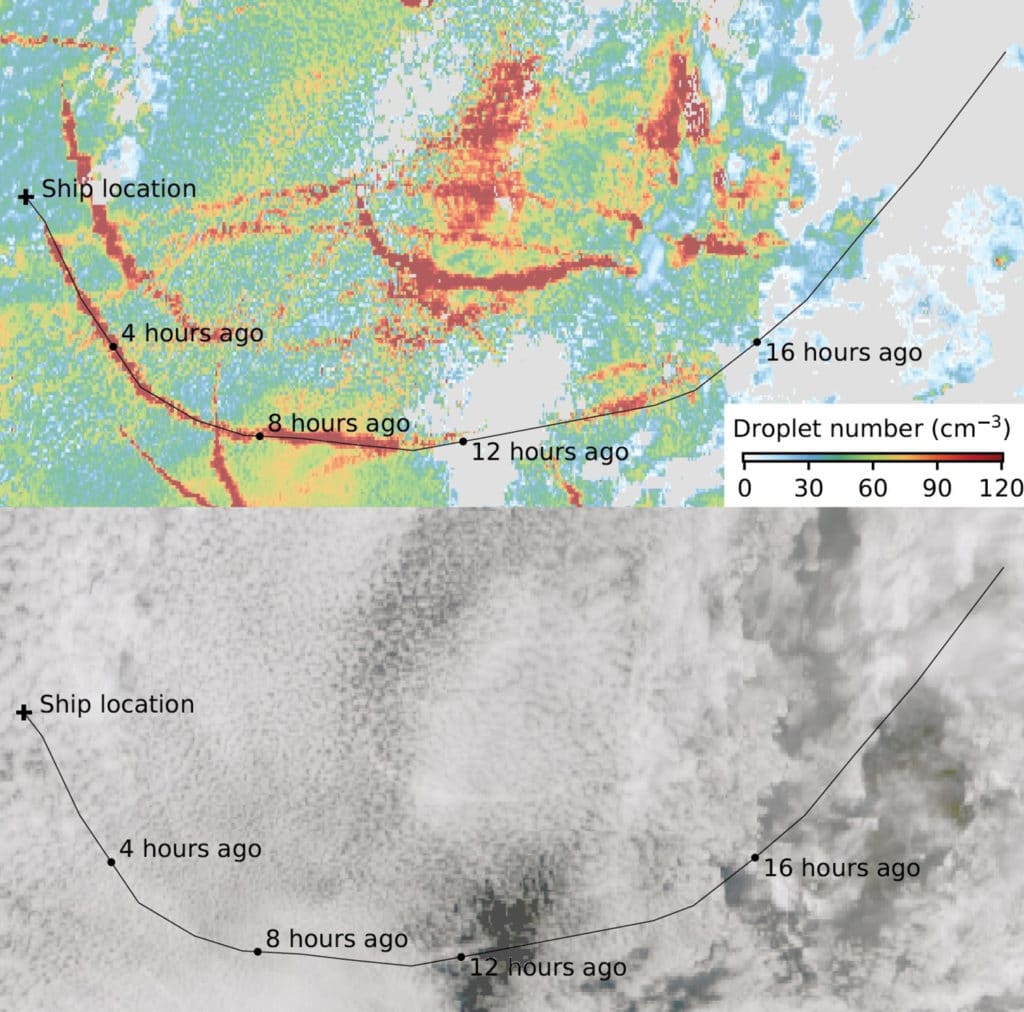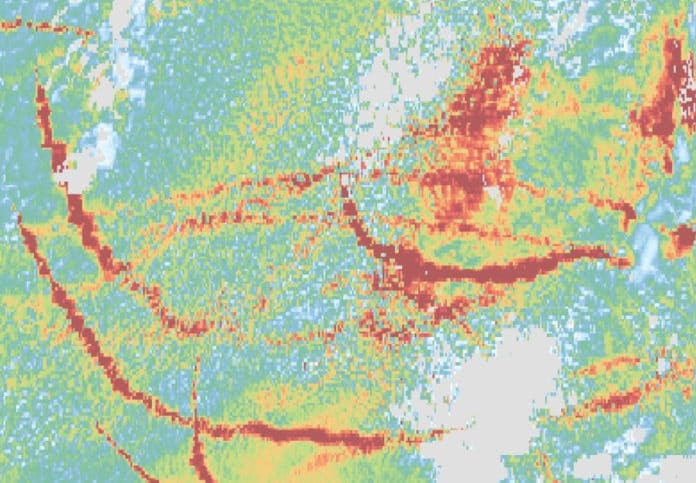The reaction of cloud processes to aerosol disturbance is perhaps the greatest uncertainty in the anthropogenic forcing of the climate. It happens in a variety of periods.
Understanding the temporal evolution of cloud properties following an aerosol perturbation is necessary to interpret the results of so-called “natural experiments” from a known aerosol source such as a ship or industrial site.
To create accurate climate models, it is essential to know how aerosols change clouds. Specifically, aerosols can change the reflectivity of clouds, influencing the amount of energy from the Sun that the atmosphere reflects into space.
The more reflective the clouds, the more decreased energy reaches the Earth’s surface, reducing the impact of global heating. Hence, it is essential to clarify how clouds respond to human pollutants like aerosols.
To understand the impact of clouds on climate, scientists first have to know the speed at which clouds change in response to aerosol. To do so, scientists from Imperial College London, in collaboration with the University of Leipzig and University College London, used aerosols emitted by ships as a ‘stopwatch’ for measuring how quickly aerosols change clouds.
Aerosols emitted by ships form distinct lines within cloud formations. These lines are known as ship tracks, which are the ideal ‘natural experiment’ for determining the aerosols’ impact.
By observing satellite images of sip tracks and using wind information and ship logs, scientists determined how long ago each ship passed by specific points. Doing so helps them linkin the status of the cloud to the changes caused by the ship’s emitted aerosols.

It was found that the quantity of water droplets in sip track clouds increased within 60 minutes. As they were formed around thethe aerosols, a few changes happened over 20 hours later.
This is the first study that quantifies the speed of cloud changes in static images.
Lead researcher Dr. Edward Gryspeerdt, from the Department of Physics at Imperial, said: “Short-term changes have been relatively well studied, but how the response changes over longer timescales is less well known and has primarily been studied with computer models alone.”
“This is important for the climate as we often rely on short-term changes to build our understanding of how aerosol pollution affects clouds, but our results show the water status of clouds could be underestimated if the full impact of aerosols over time isn’t taken into account.”
“This means that we can more accurately check the behavior of clouds in weather and climate models, leading to better models and more accurate future climate projections.”
The team also found places where before the ship passed, there were no clouds, but the ship’s passing caused a new cloud to form. This suggests some areas of the open ocean usually are too ‘clean’ for clouds to form, and only the addition of ship aerosols made them possible.
Journal Reference:
- Edward Gryspeerdt et al. Observing the timescales of aerosol–cloud interactions in snapshot satellite images. DOI: 10.5194/ACP-21-6093-2021
